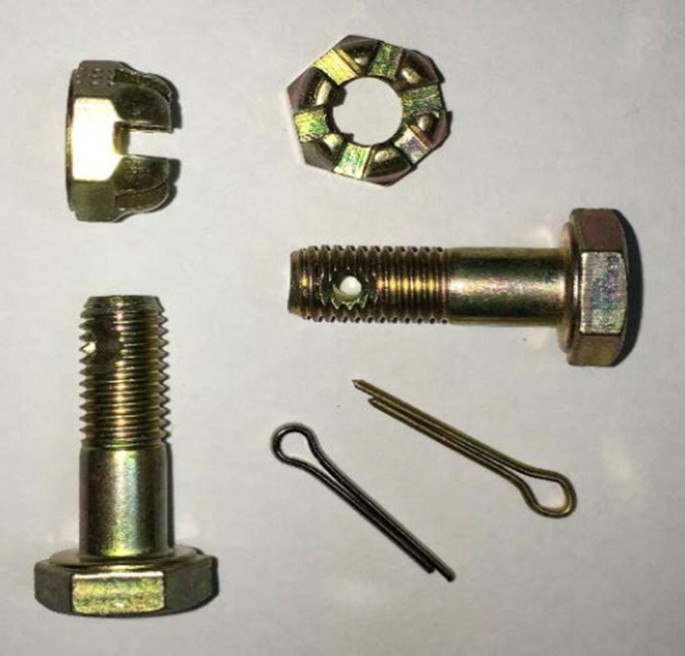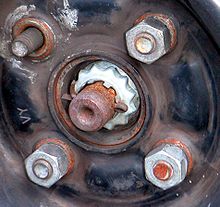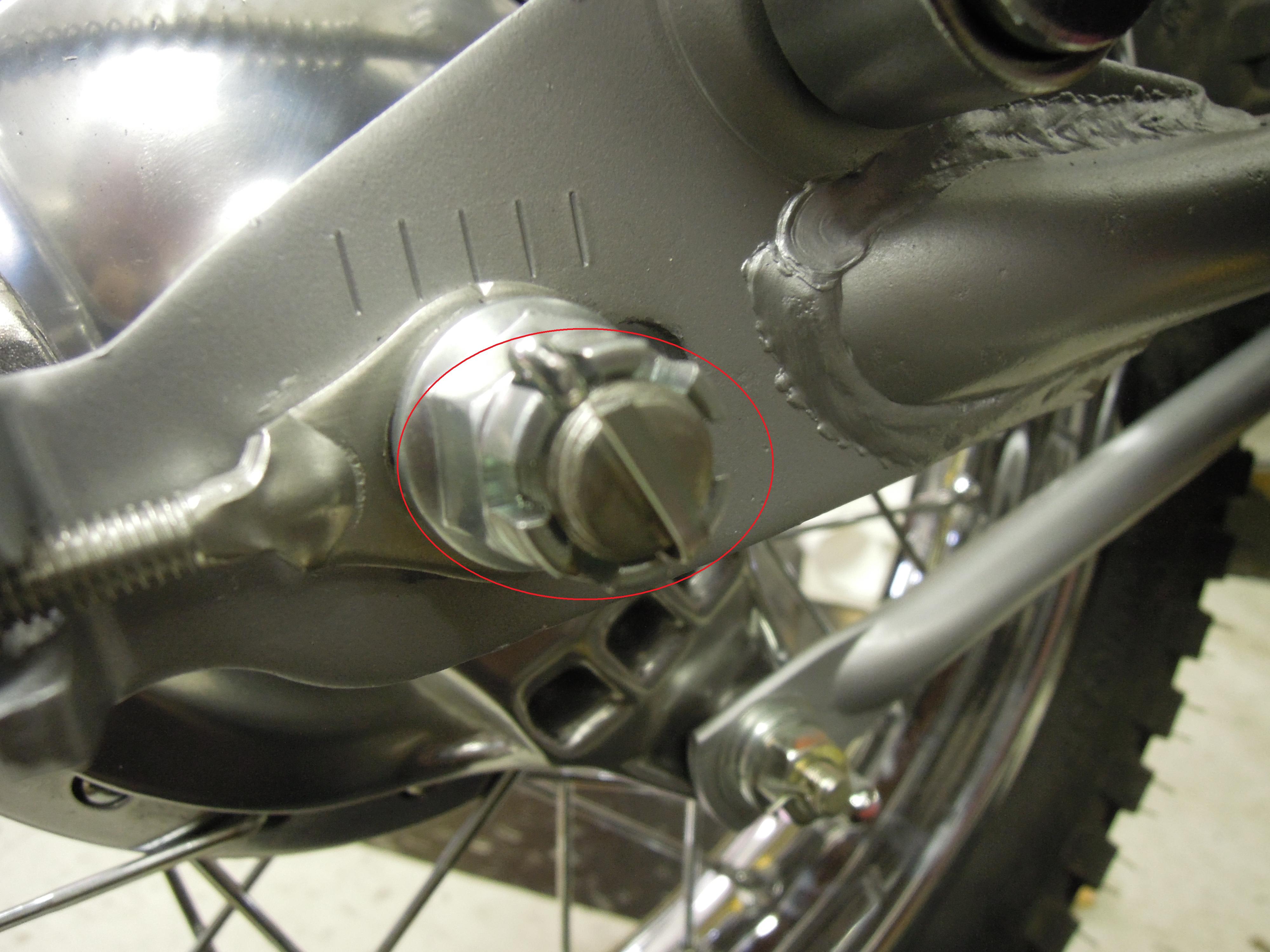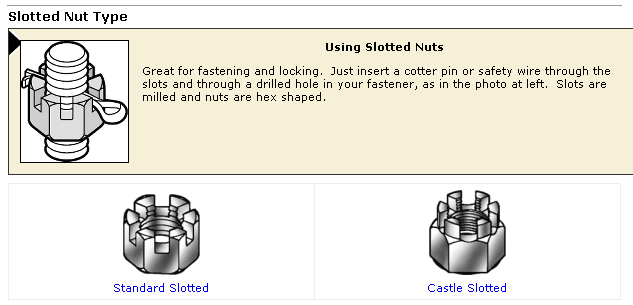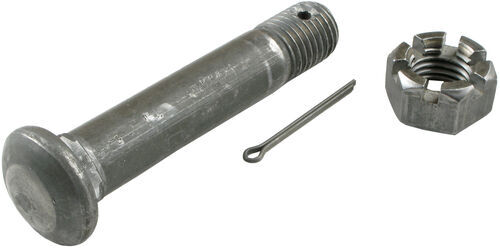A cotter pin is a fastener that is placed through two holes on one end of a clevis pin. One leg of the pin is bent back against the flat of the nut the other is bent up around the end of the axle and pressed tight against the axle end.
Cotter Pins
Castellated nut cotter pin. Fabricates a wide range of stainless steel cotter pins and other types of cotters including hitch pin clips hair pin clips ringed cotters and related wire forms. It is commonly split in the middle and has two tines that can be bent around the nut or bolt to secure machinery. If something normally rotates about the axis of the bolt then it should have a castle nut and cotter pin to prevent the motion from potentially unscrewing the nut. Theyre not recommended for use on parts exposed to high vibration because the pin is prone to shearing under prolonged stress. In this example note the head of the cotter pin is set parallel to the length of the axle and is actually set down into one of the notches of the castle nut. Landing gear bolts do have a rotation around them however its a small amount and most everyone uses nylocs on them for convenience.
The nut is then secured with a split pincotter pin r clip or safety wire. Also known as castle nuts secure them by inserting a cotter pin or safety wire through the slots in the nut and a drilled hole in your bolt for mild loosening resistance. Cotter pins and stainless steel cotter pins are available direct from western wire products co. Stainless steel locknuts for use with cotter pins. These locknuts have good chemical resistance and may be mildly magnetic. We offer inventory stock items available for immediate shipment.
Western wire products co. And no gitzer you cant just use a castle nut on them because theres no hole in the shaft for a cotter pin to go through. The bolt has one or two holes drilled through its threaded end. This pin prevents the nut from turning and loosening. It is a. The problem wasnt getting it on and tight the problem was getting it off.
The nut is torqued properly and then if the slot is not aligned with the hole in the fastener the nut is rotated forward to the nearest slot. These locknuts are also referred to as a castellated nut and are ideal for use in applications where vibrations may undo a fixing. Castle nuts are often used alongside a bolt or a threaded rod that feature a pre drilled hole where a cotter pin can be used to secure the fixing and prevent movement. Compared with slotted nuts castellated nuts allow the cotter pin to be confined closer to the margins of the nut itself providing added secureness. I replaced it with a new castle nut style ball joint and i do not intend to use the nylock nut style again. It is used for locking and to hold an object in place.
Zinc plated cotter pin 4 piece per pack model 808528 92.


